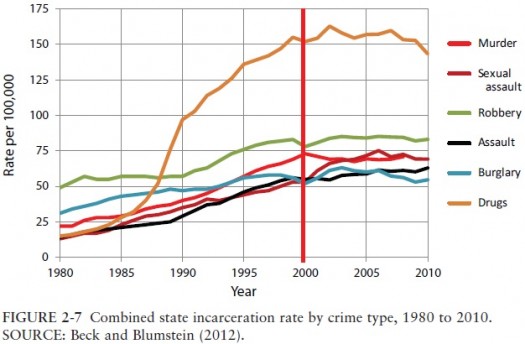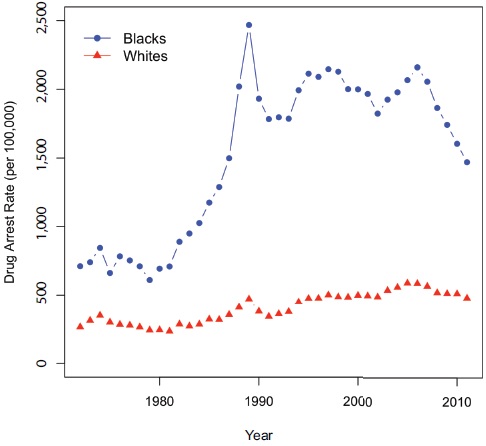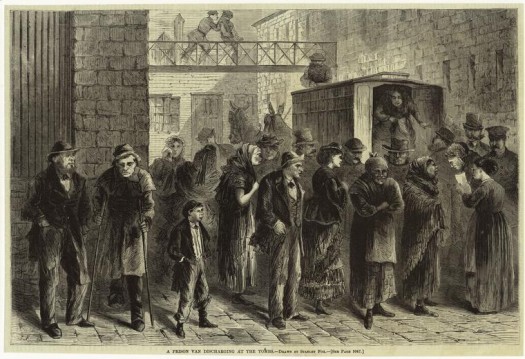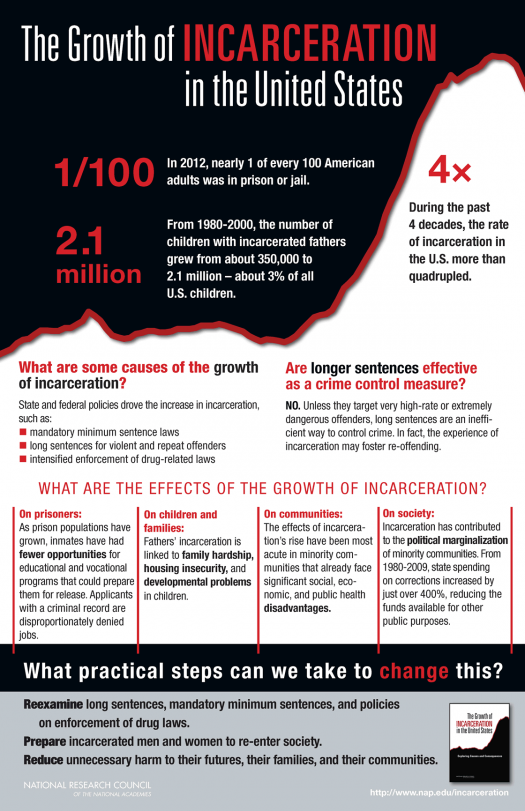On Tuesday, we tortured a man to death in Oklahoma:
“What was supposed to be the first of two executions here on Tuesday night was halted when the prisoner, Clayton D. Lockett, began to writhe and gasp after he had already been declared unconscious and called out “oh, man,” according to witnesses.
The administering doctor intervened and discovered that “the line had blown,” said the director of corrections, Robert Patton, meaning that drugs were no longer flowing into Mr. Lockett’s vein.
At 7:06 p.m., Mr. Patton said, Mr. Lockett died in the execution chamber, of a heart attack.”
My thoughts about the death penalty are clear. I think that state-sanctioned murder is barbaric and inhumane.
A study by Samuel R. Gross of the University of Michigan and Barbara O’Brien of Michigan State University released earlier this week found that: “at least 4 percent of people who get sentenced to death when they’re convicted would ultimately be exonerated if their cases were closely examined for the next 21 years.”
The study authors suggest that this is a conservative estimate. This news has generally been met with a collective shrug of Americans’ shoulders. And we should be disgusted with ourselves.
The state of Oklahoma has released a detailed timeline of the torture and murder of Clayton Lockett. Read the complete timeline here. An excerpt is provided below:
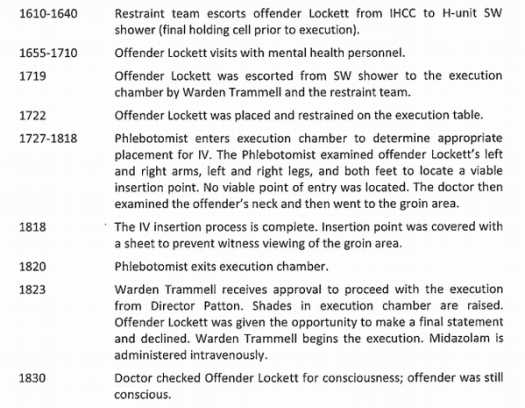
I noticed that Clayton Lockett was offered a “food tray” twice on the day of his torture. He refused it both times. I’ve been reading recently about death row prisoners’ last meals. Mostly, I’ve been curious about the origins of the ritual. There are many theories about how and why prisoners who were condemned to death began to receive “special meals” on the eve of their executions. All that’s certain is that by the end of the nineteenth century the tradition of “last meals” for the condemned in the U.S. was a firmly established ritual.
Writing in the Journal of American Folklore, Michael Owen Jones (2014) suggests that commentators have offered contradictory explanations for the ritual of last meals:
Karon (2000) suggests that providing a special last meal might be “to sugarcoat what remains a grim act of violence by the state [executing the criminal] to redress a previous wrong.” Focusing on the bureaucratization and routinization of the “new penology” that dehumanizes prisoners turning them into docile automatons, LaChance (2007) contends that the state allows the condemned to choose whatever they wish for a final meal and to speak freely before dying in order to demonstrate that they possess autonomy and agency; as volitional beings who committed heinous crimes of their own free will, they deserve the punishment meted out to them. To sustain the emotional satisfaction required to uphold the death penalty, “[t]he state turns its offenders into self-made monsters” (LaChance 2007:719). In contrast to this interpretation, Gordon (2006) proposes that the ritual of the last meal constitutes “both an implicit call for forgiveness on the part of the citizens of the state” and “a demonstration of forgiveness as well, in that it shows kindness to the condemned and a recognition of their humanity and our shared humanity.”
Regardless of the state’s intentions and ours, Clayton Lockett rejected his ‘last meals’ and this is apparently fairly common. On Tuesday, we tortured a man to death and this too is common…
